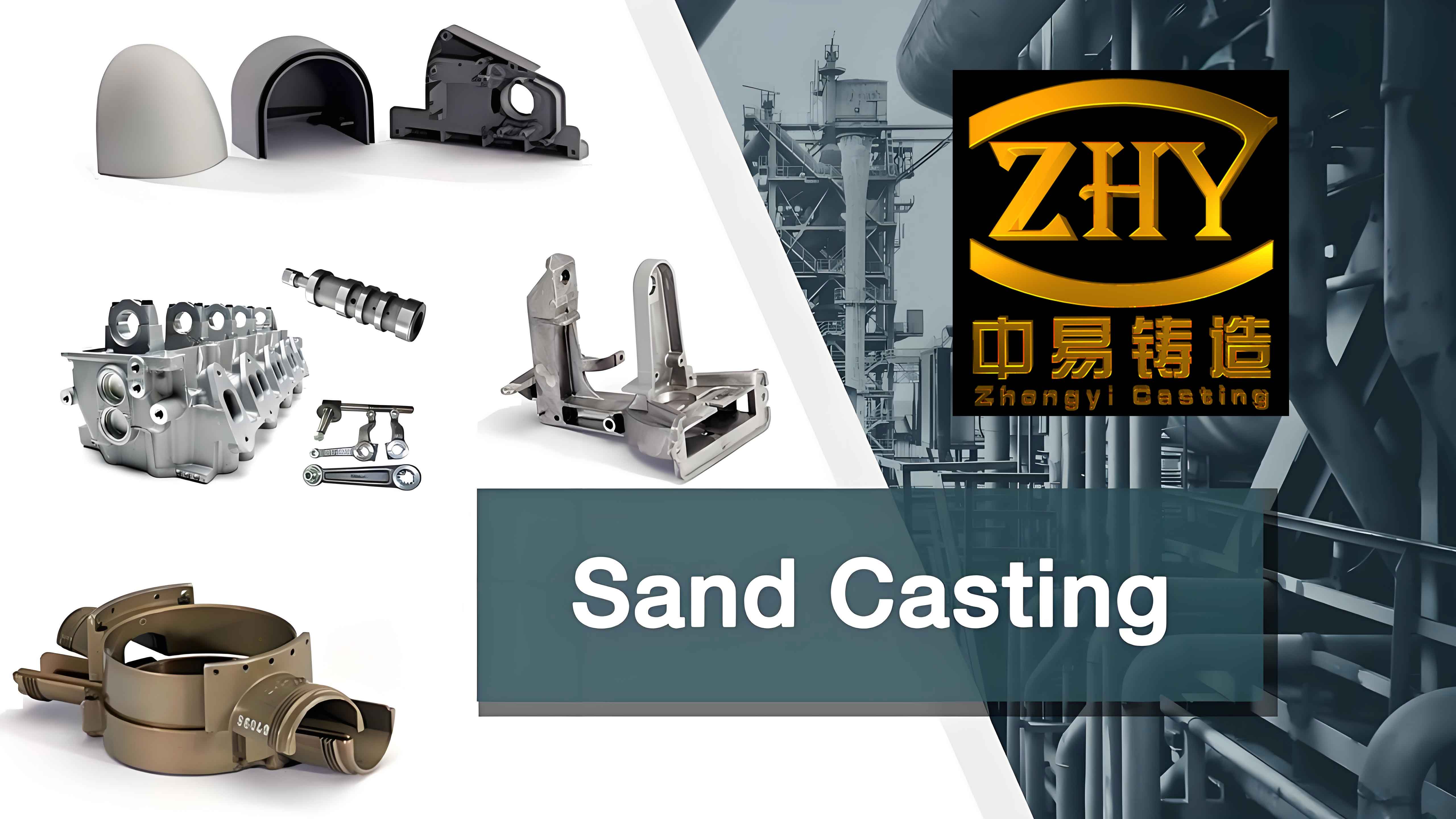Heat treatment is a vital process in the manufacturing of sand casting parts to enhance their mechanical properties and ensure their reliability and durability in various applications. This article explores the different heat treatment processes used to strengthen sand casting parts, the benefits of these processes, and practical applications in industries where high-performance parts are critical.
Introduction to Heat Treatment in Sand Casting
Heat treatment involves heating and cooling metal in a controlled manner to alter its physical and mechanical properties without changing its shape. For sand casting parts, heat treatment can significantly improve properties such as hardness, tensile strength, toughness, and wear resistance. Understanding the various heat treatment processes and their effects on sand casting parts is essential for optimizing their performance.

Common Heat Treatment Processes for Sand Casting Parts
There are several heat treatment processes that can be applied to sand casting parts. These processes include annealing, normalizing, quenching, tempering, and stress relieving. Each process has its unique advantages and is selected based on the desired properties of the final product.
1. Annealing
Annealing involves heating the sand casting parts to a specific temperature and then slowly cooling them. This process is used to reduce hardness, improve ductility, and relieve internal stresses.
- Process: Heat to a specified temperature, hold for a set time, and cool slowly in the furnace.
- Benefits: Enhanced ductility, reduced hardness, and improved machinability.
2. Normalizing
Normalizing involves heating the sand casting parts to a temperature above the critical range and then cooling them in air. This process refines the grain structure and improves mechanical properties.
- Process: Heat to a temperature above the critical range, hold for a set time, and cool in air.
- Benefits: Refined grain structure, improved strength, and uniform mechanical properties.
3. Quenching
Quenching involves heating the sand casting parts to a high temperature and then rapidly cooling them in water, oil, or air. This process increases hardness and strength.
- Process: Heat to a high temperature, hold for a set time, and rapidly cool in a quenching medium.
- Benefits: Increased hardness, improved strength, and enhanced wear resistance.
4. Tempering
Tempering follows quenching and involves reheating the quenched parts to a lower temperature and then cooling them. This process reduces brittleness while maintaining hardness and strength.
- Process: Reheat quenched parts to a lower temperature, hold for a set time, and cool in air.
- Benefits: Reduced brittleness, maintained hardness, and improved toughness.
5. Stress Relieving
Stress relieving involves heating the sand casting parts to a temperature below the critical range and then cooling them. This process reduces residual stresses without significantly altering mechanical properties.
- Process: Heat to a temperature below the critical range, hold for a set time, and cool in air.
- Benefits: Reduced residual stresses and improved dimensional stability.
Benefits of Heat Treatment for Sand Casting Parts
Applying heat treatment processes to sand casting parts offers numerous benefits that enhance their performance in demanding applications.
Table 1: Benefits of Heat Treatment Processes
| Heat Treatment Process | Benefits |
|---|---|
| Annealing | Improved ductility, reduced hardness, better machinability |
| Normalizing | Refined grain structure, improved strength, uniform properties |
| Quenching | Increased hardness, enhanced strength, better wear resistance |
| Tempering | Reduced brittleness, maintained hardness, improved toughness |
| Stress Relieving | Reduced residual stresses, improved dimensional stability |
Practical Applications of Heat Treatment in Sand Casting Parts
1. Automotive Industry
In the automotive industry, sand casting parts such as engine blocks, cylinder heads, and transmission housings benefit from heat treatment processes to achieve the required mechanical properties for high performance and durability.
2. Aerospace Industry
Aerospace components, including turbine blades, structural parts, and landing gear components, require precise heat treatment to ensure they withstand the extreme conditions and stresses encountered during flight.
3. Heavy Machinery
Heavy machinery parts such as gears, shafts, and bearings undergo heat treatment to enhance their load-bearing capacity, wear resistance, and operational life.
4. Construction Industry
In the construction industry, sand casting parts such as structural beams, joints, and supports are heat treated to improve their strength, toughness, and reliability in building applications.
List: Key Industries Benefiting from Heat Treatment of Sand Casting Parts
- Automotive Industry
- Aerospace Industry
- Heavy Machinery
- Construction Industry
- Marine Industry
- Oil and Gas Industry
Case Study: Improving the Strength of Sand Casting Parts for Heavy Machinery
Problem
A manufacturer of heavy machinery was experiencing premature wear and failure of sand casting parts used in their equipment. The parts lacked the necessary strength and wear resistance for the demanding operating conditions.
Solution
The manufacturer implemented the following heat treatment processes:
- Normalizing: To refine the grain structure and improve overall strength.
- Quenching and Tempering: To increase hardness and toughness while reducing brittleness.
- Stress Relieving: To reduce residual stresses and enhance dimensional stability.
Result
The strength and wear resistance of the sand casting parts improved significantly, leading to increased operational life and reduced maintenance costs for the heavy machinery.
Table 2: Case Study Results
| Metric | Before Implementation | After Implementation | Improvement |
|---|---|---|---|
| Wear Resistance (cycles) | 50,000 | 75,000 | 50% increase |
| Tensile Strength (MPa) | 250 | 320 | 28% increase |
| Maintenance Frequency | High | Low | Significant reduction |
Conclusion
Heat treatment processes play a crucial role in enhancing the mechanical properties of sand casting parts, making them suitable for high-performance applications across various industries. By understanding and applying the appropriate heat treatment techniques, manufacturers can significantly improve the strength, durability, and reliability of sand casting parts, leading to better performance and longer service life. Continuous research and development in heat treatment methods will further optimize the quality of sand casting parts, meeting the evolving demands of modern manufacturing.
